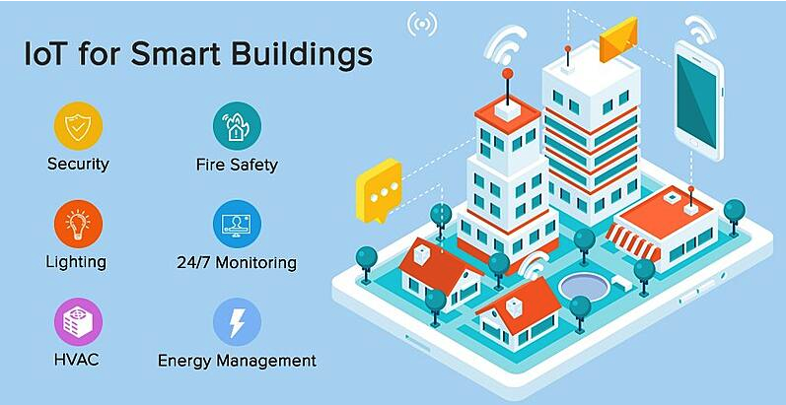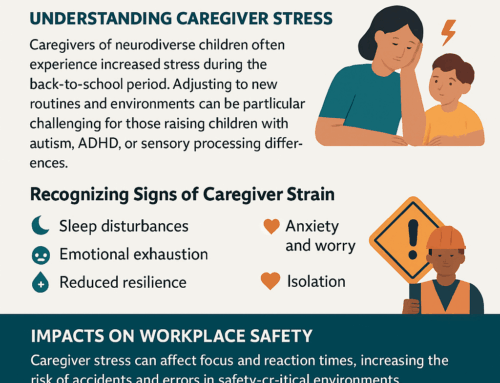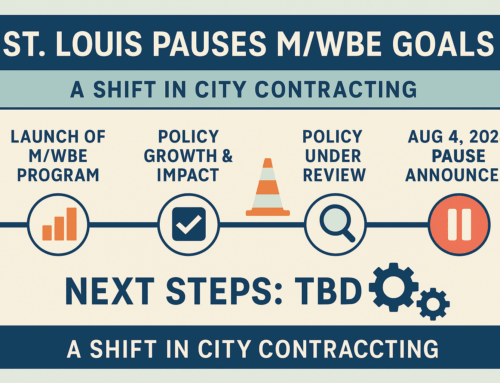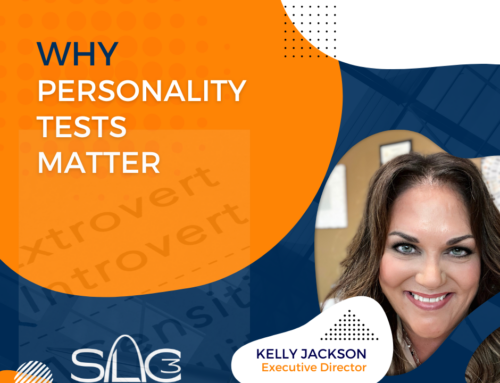These aren’t just nice-to-haves; they’re becoming must-haves if you’re going to stay relevant and efficient.
- Predictive Maintenance & Data-Driven Asset Management
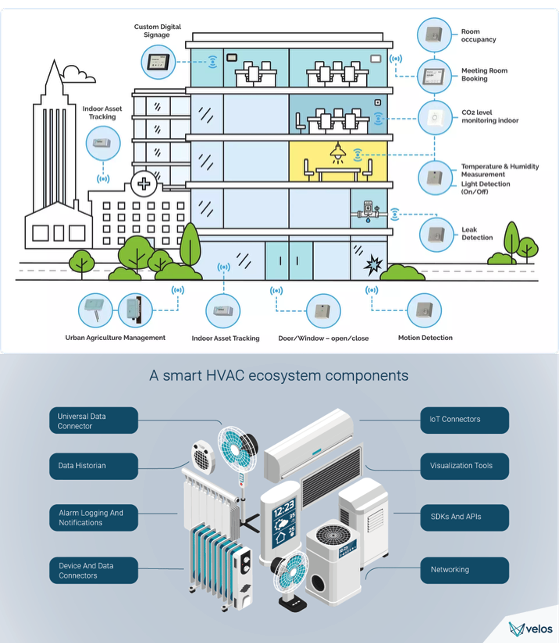
- FM is shifting from reactive maintenance (“Uh-oh thepump blew again”) to predictive maintenance (machines tell you when they’re about to blow, so you fix them on your schedule). Spacebring+2blog.facilitybot.co+2
- IoT sensors, analytics platforms, digital twins — they’re all becoming standard. Efficiency, fewer outages, lower cost. Velappity+1
- For your construction-trade members: this means their clients (building owners) will expect better data, tighter service, faster responses. That can drive up the demand for higher-skill tradespeople (who know how to interface with “smart stuff”).
- Smart Buildings & IoT / Automation Integration
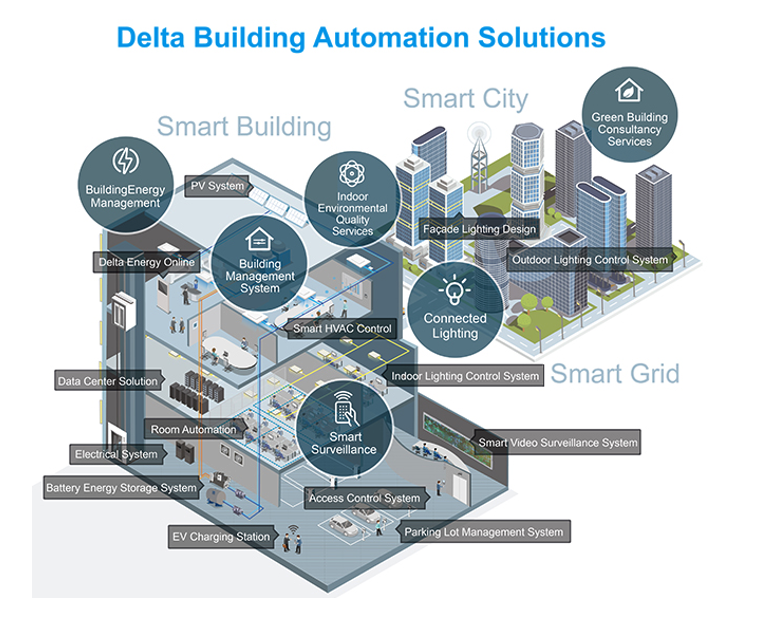
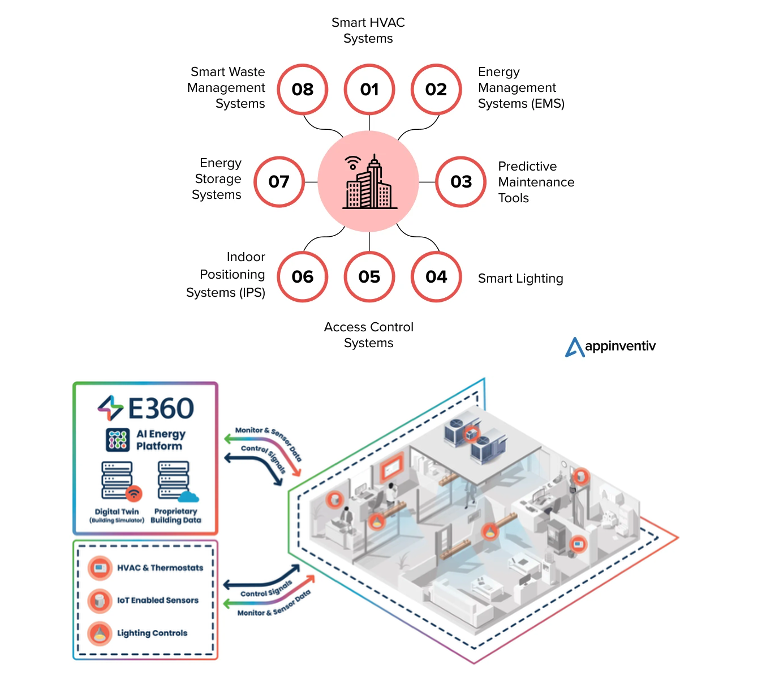
- Buildings are becoming ecosystems: HVAC, lighting, security, cleaning, and even space-utilization all connected. Velappity+1
- Automation means less “someone walking around checking everything” and more “system tells someone what needs checking.” Spacebring+1
- For trades: Expect more retrofits, integrations, and systems with digital/physical overlap. If someone in your member trades says “I just do HVAC,” they might soon need to know something about building analytics or IoT controllers.
- Sustainability, ESG, and Energy Efficiency as Core FM Drivers
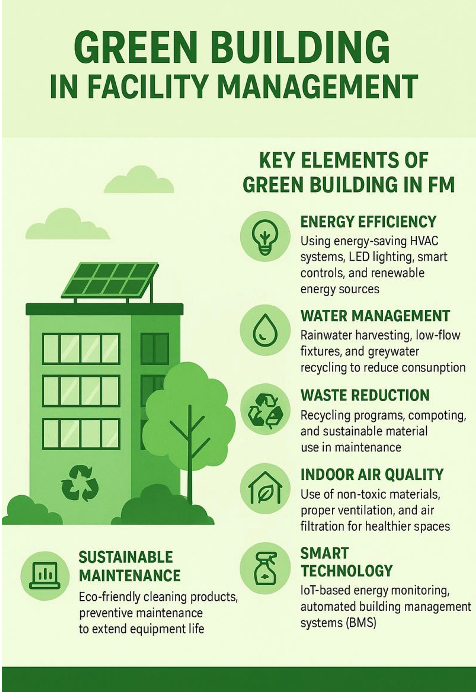
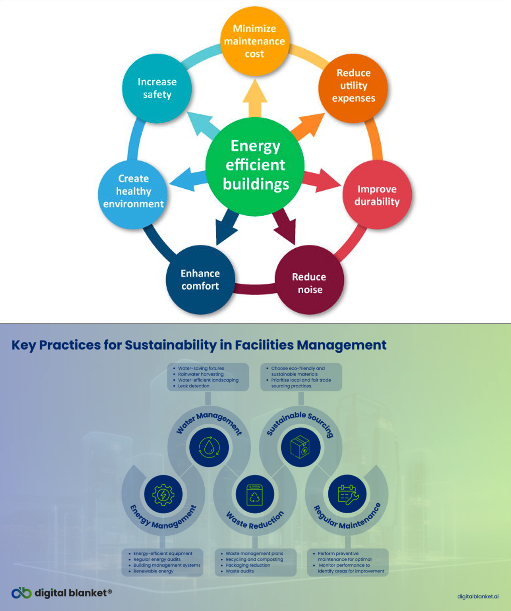
- Environmental, Social & Governance (ESG) demands are filtering into FM operations. It’s no longer just “make sure the lights work” — it’s “what’s our real energy usage, what’s our carbon footprint, what do we do about it.” Spacebring
- Regulations are tightening (emissions, energy use, waste, indoor air quality). FM teams must be part of the sustainability strategy. FacilityExecutive.com+1
- For construction tradespeople: More demand for upgrades, retrofits, high-efficiency systems, green materials. Good opportunity if your members are ready; a risk if they aren’t.
- Hybrid Work & Space Utilization Adjustments

- The rise of hybrid work means buildings are not always at full capacity; FM has to manage under-utilized space differently (rooms unused, HVAC still running, etc.). Built Environment Magazine+1
- Space needs to be more flexible — reconfigurable, multi-purpose, supporting different kinds of work. FM operations need to support that.
- For your membership: Trades might see more demand for modular systems, reconfigurable infrastructure (walls, HVAC zones, lighting). Being adaptable will be a plus.
- Outsourcing, Integrated Service Models & Vendor Consolidation
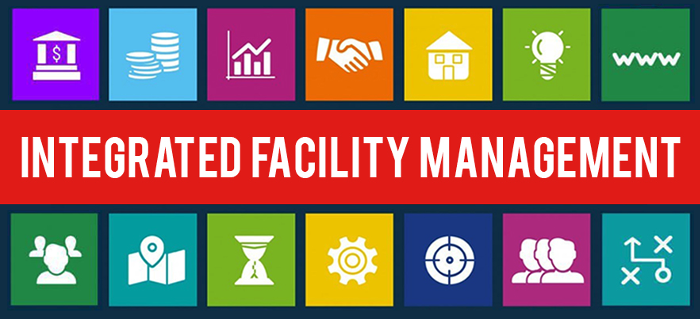
- Many organizations want fewer vendors, more “one-stop” service providers who can handle multiple aspects (maintenance, cleaning, security, HVAC, etc). FacilityOS+1
- This means trades might either get pulled into larger contracts (good) or get squeezed out if they’re not competitive or integrated enough (bad).
- Also, more demand for specialized skillsets (digital, analytics, sustainability) rather than just “fix the lights.”
- Cybersecurity and Digital Risk in Facilities
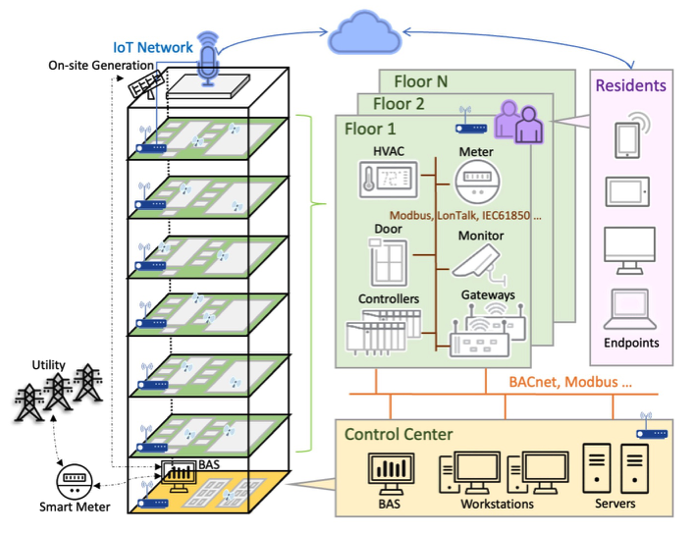
- With systems connected and buildings “smart,” the OT (operational technology) side of FM is also vulnerable to cyber threats — HVAC, lighting, security systems can now be hacked. FacilityExecutive.com+1
- FM leadership needs to coordinate with IT departments, ensure building systems are secure, update software, implement multi-layered security.
- For trades: Those installing or managing such systems need to be aware of cybersecurity implications (passwords, network segmentation, patches). Ignoring this could be a liability.
🚧 Major Challenges Facing Facility Management
Because with trends come headaches. Not everything is rainbows and ROI.
- Talent Shortage & Aging Workforce
- Big issue: A large portion of the FM workforce is nearing retirement and there aren’t enough younger folks stepping into it. FacilityExecutive.com+1
- Implication: Trades may see increased demand — but also higher expectations (digital literacy, cross-skill). The workforce bottleneck is real.
- Legacy Systems, Integration Complexity & Tech Debt
- Many buildings have old infrastructure, or multiple systems that don’t “talk” to each other. Upgrading is expensive, disruptive, and risky. National Facility Contractors+1
- Choosing and deploying new IoT/automation systems requires clear ROI, standards, and coordination.
- For trade associations: Need to prepare members for retrofits and ensure they can deal with mixed old/new environments.
- Upfront Investment & Cost Justification
- New tech, sensors, smart systems cost money. FM teams must justify it with ROI and tie into business value (not just “neat gadget”). Velappity+1
- Operational budgets are under pressure: you can’t just throw money at everything.
- Cybersecurity, Data Privacy & Operational Risk
- With connected systems, building vulnerabilities increase. Cyberattack = building shutdown, data leak, safety risk. FacilityExecutive.com+1
- FM teams often were not built for this; need new skills, culture shift.
- Changing Regulations & Sustainability Mandates
- Buildings are under increasing pressure to comply with energy use, emissions, sustainability standards. blog.facilitybot.co+1
- Procrastination means being behind the curve (and paying penalties or losing competitiveness). Trades that can’t deliver green solutions may lose ground.
- Service Margin Pressure & Outsourcing Risks
- As FM moves toward outsourcing/integrated service models, vendors face margin squeeze; because clients see FM as cost center and push hard on cost. Noda
- For trade contractors: Being part of larger vendor chains could mean more volume but less margin.

